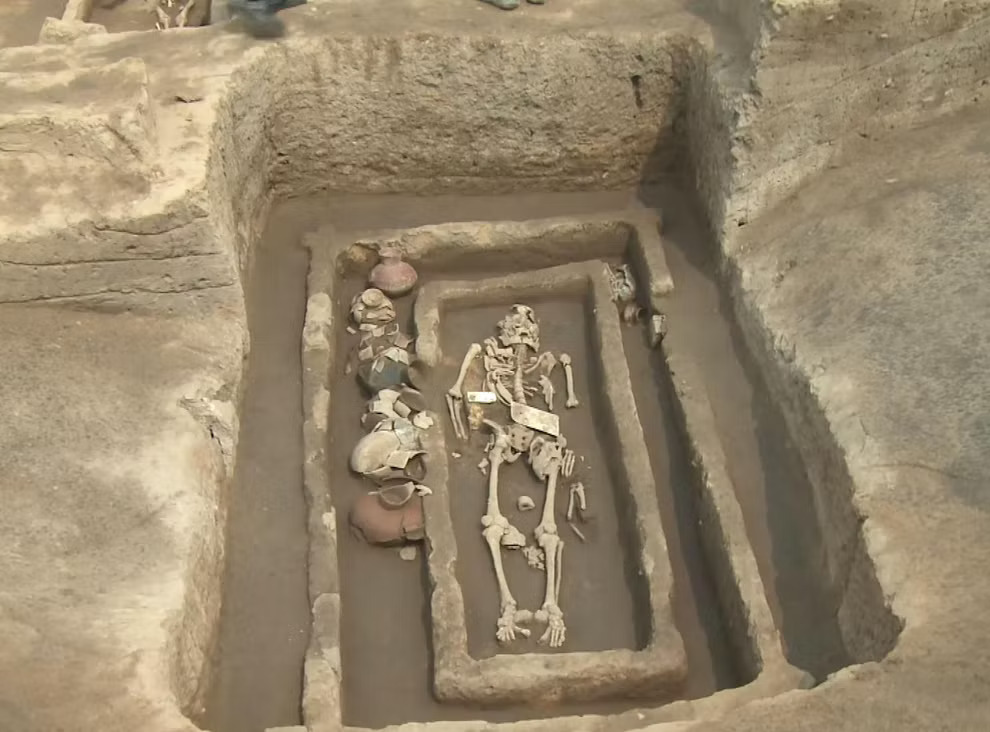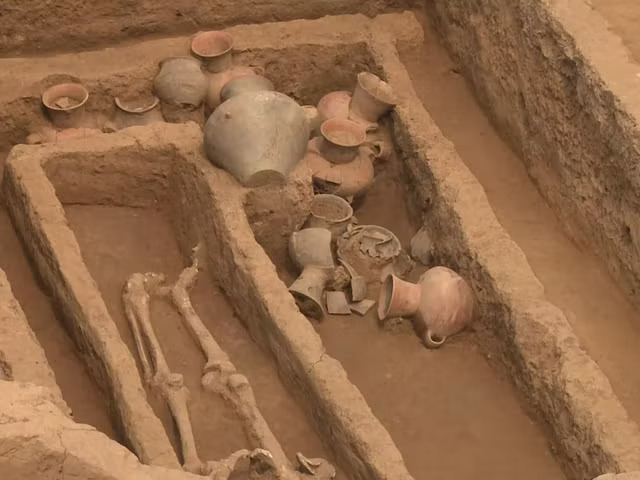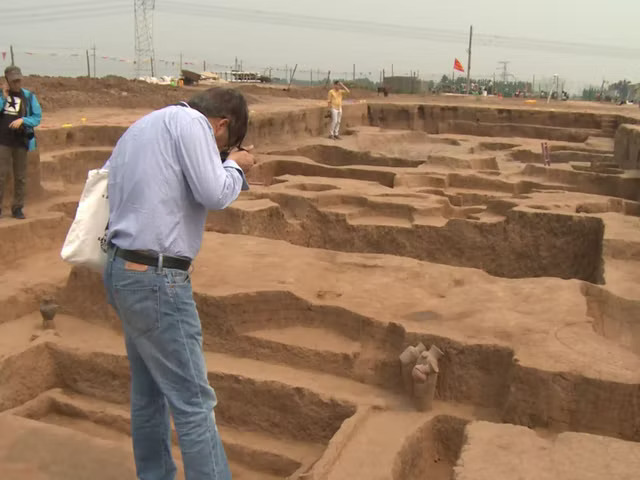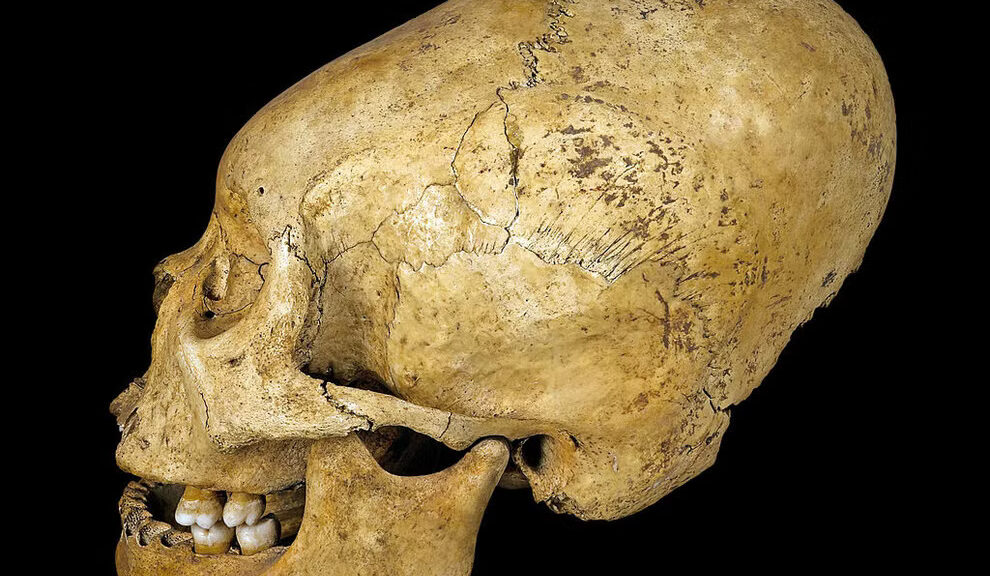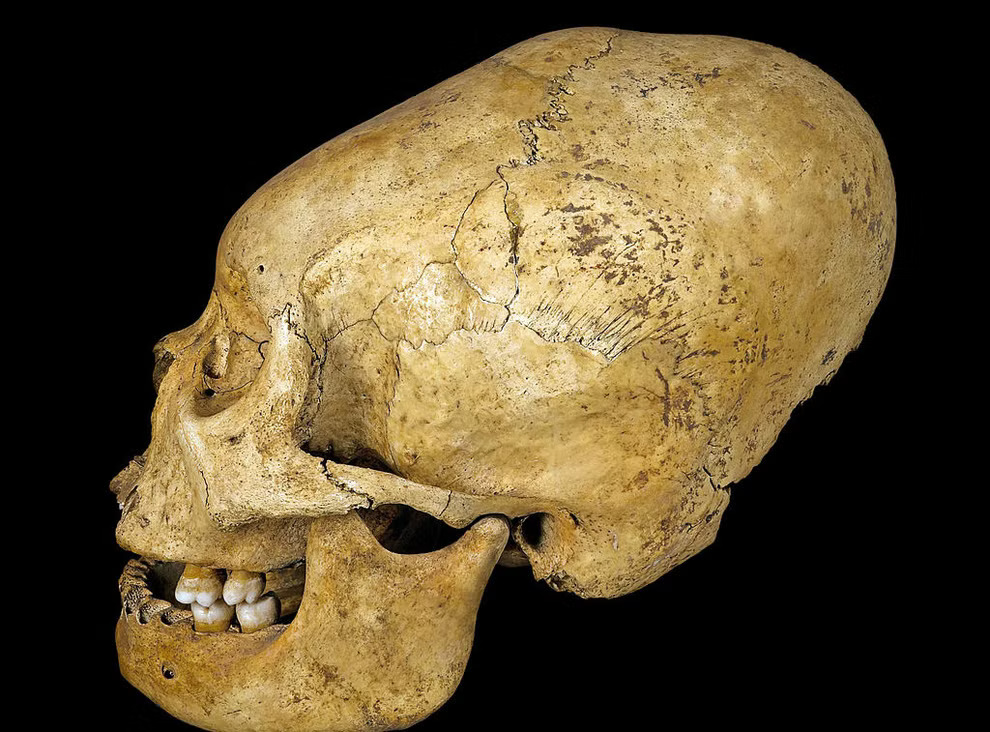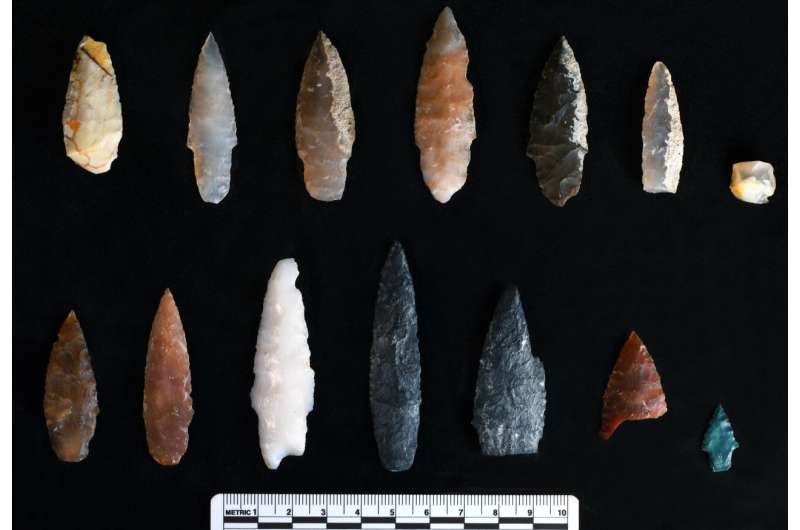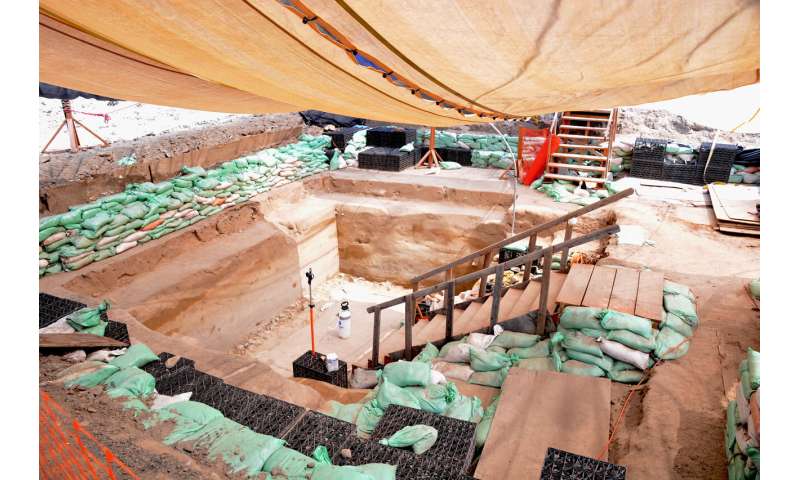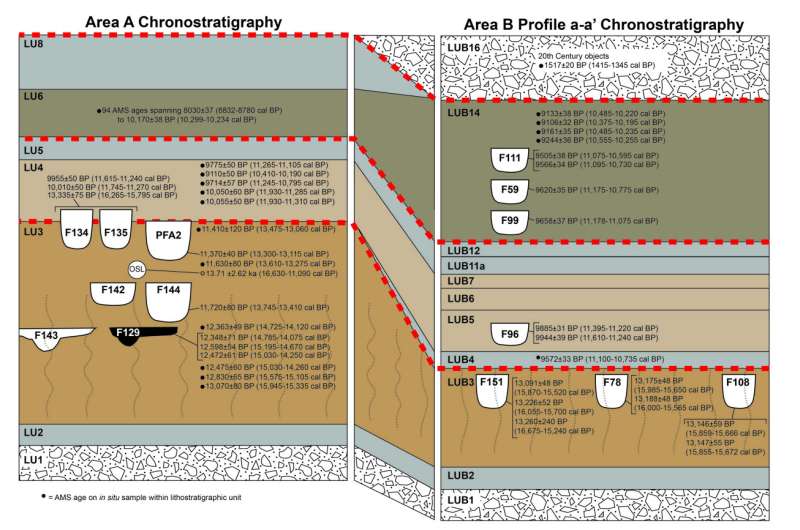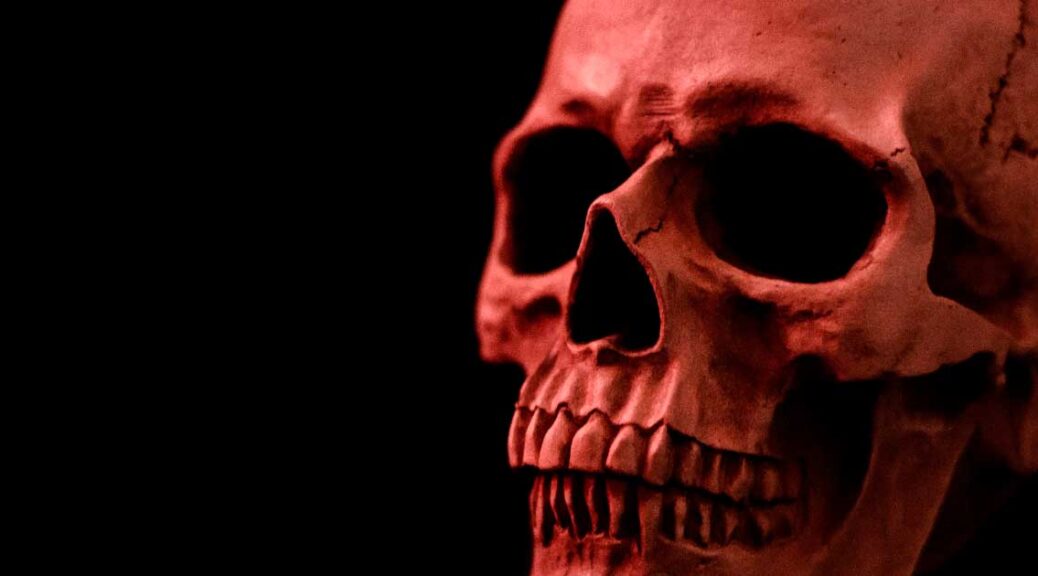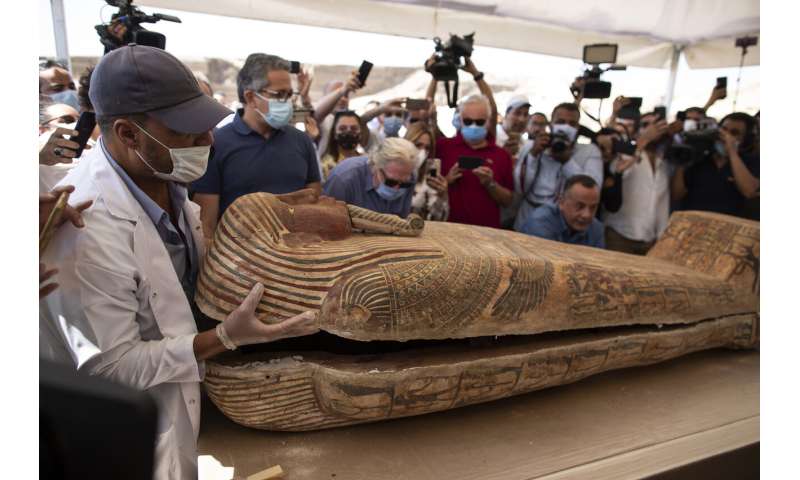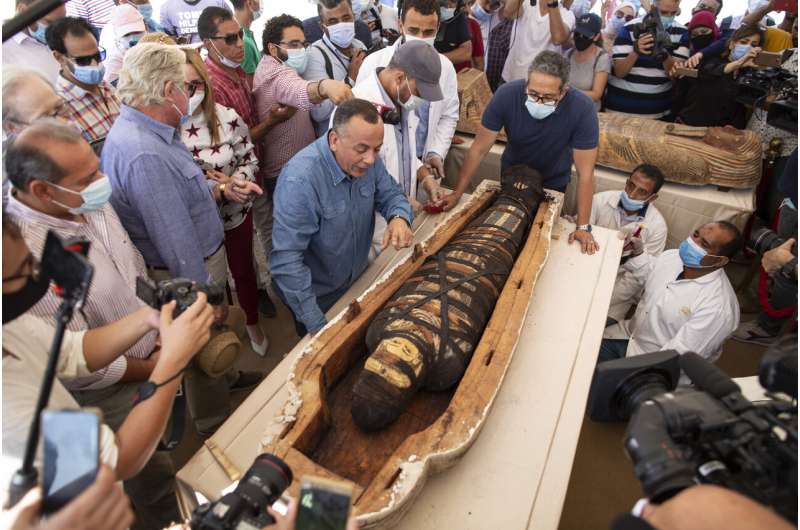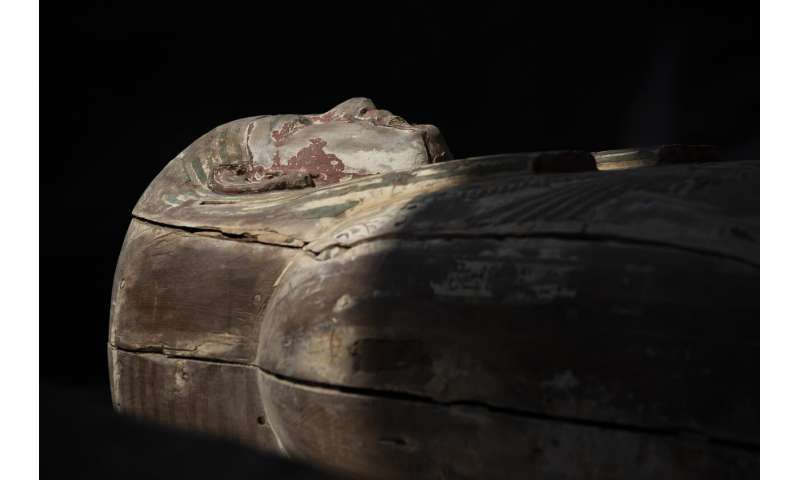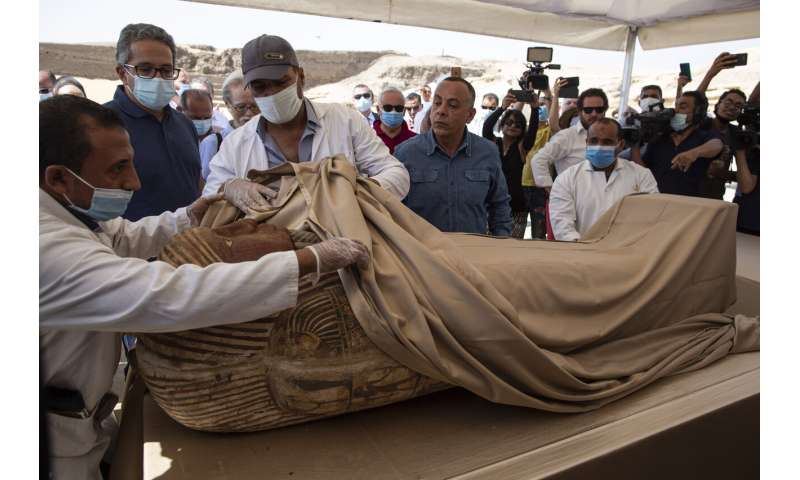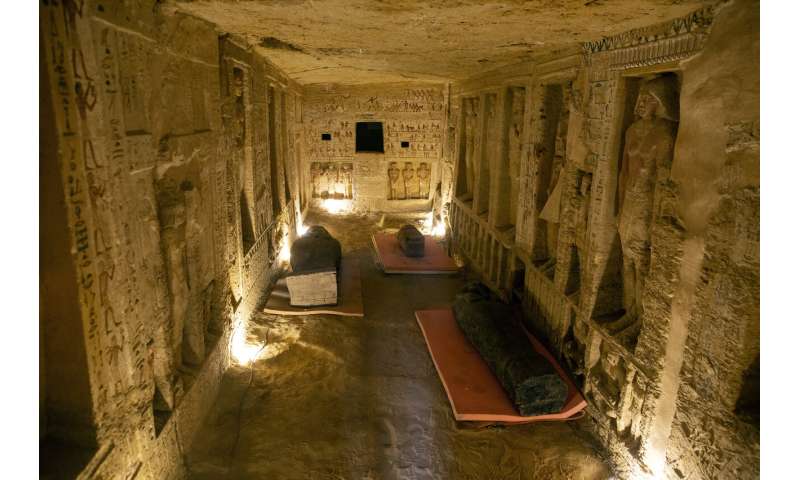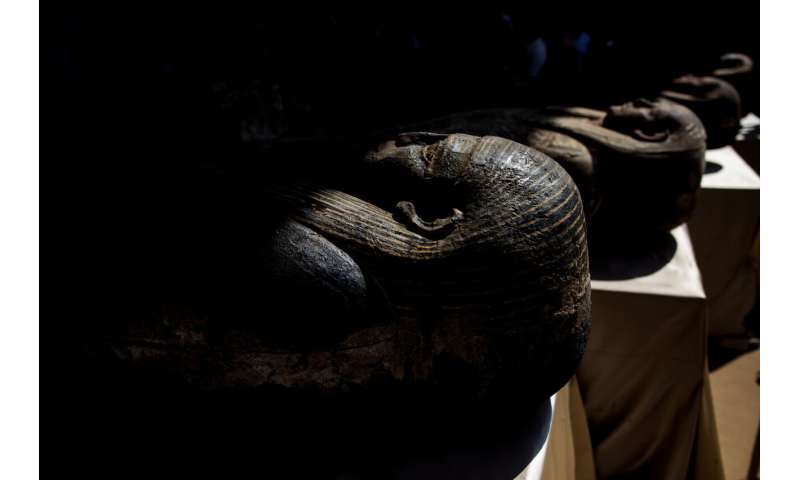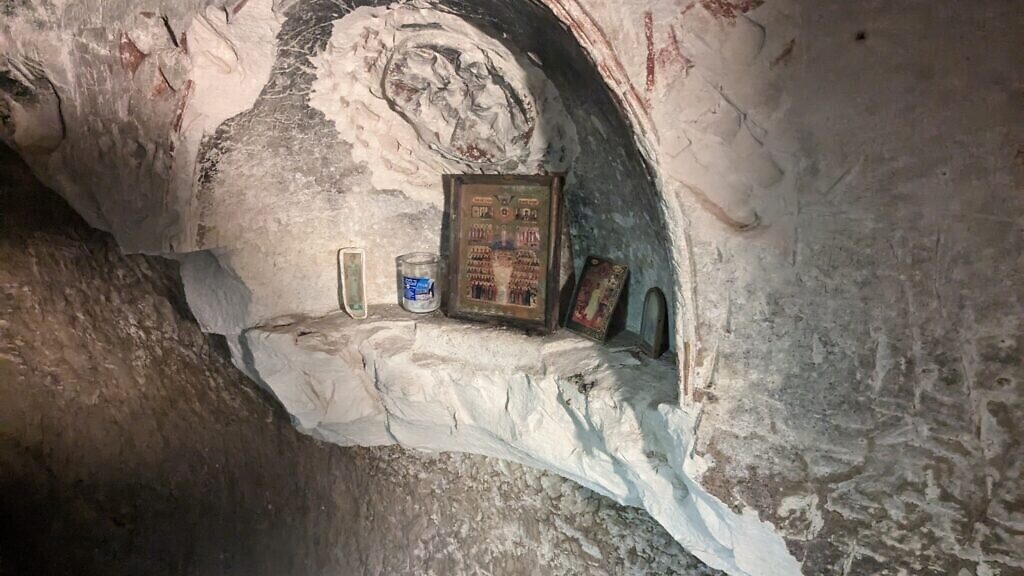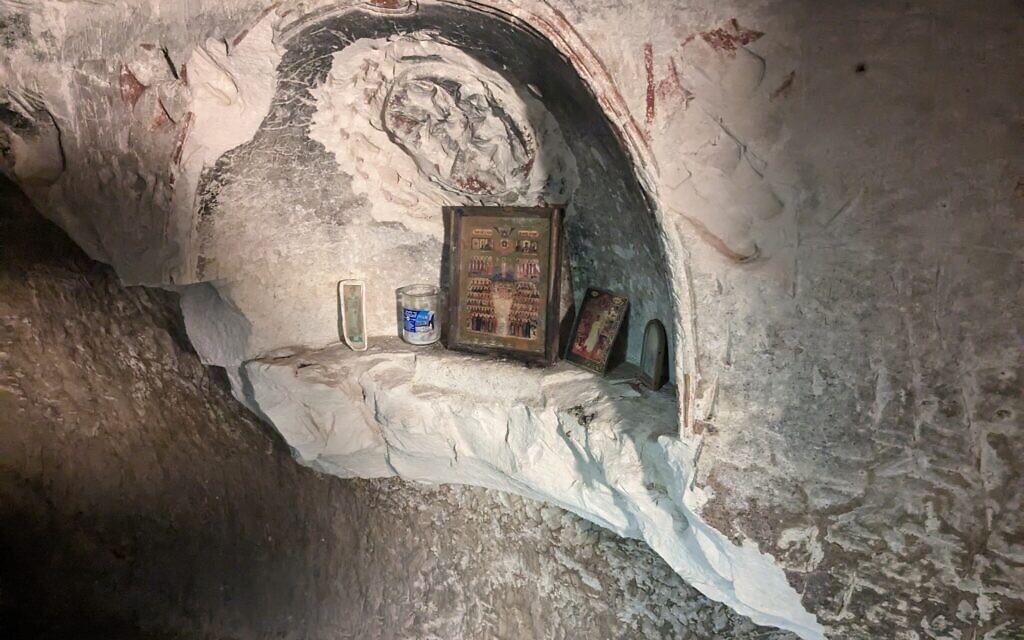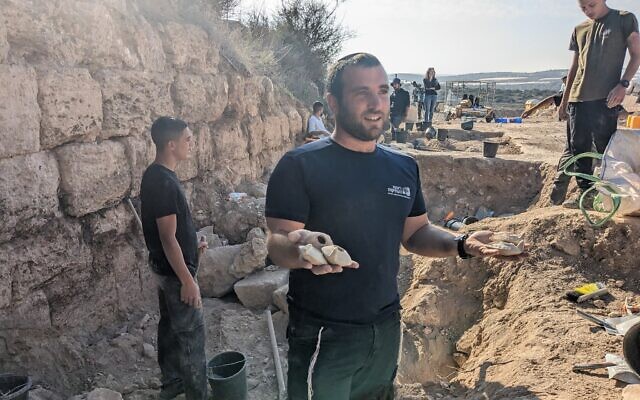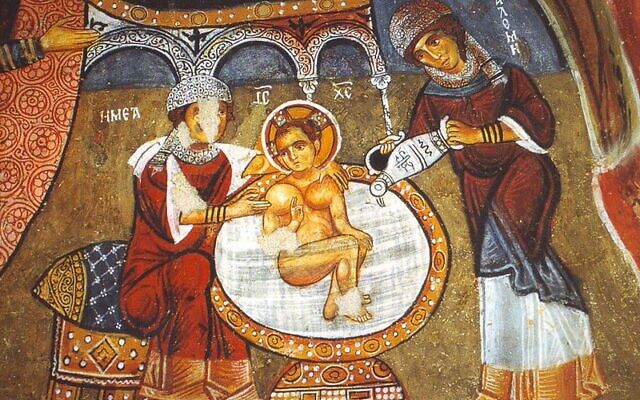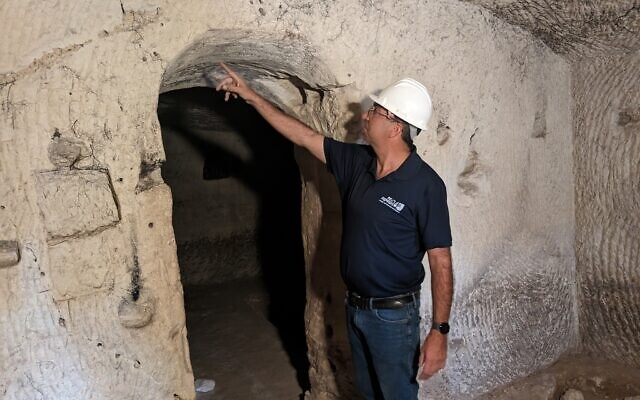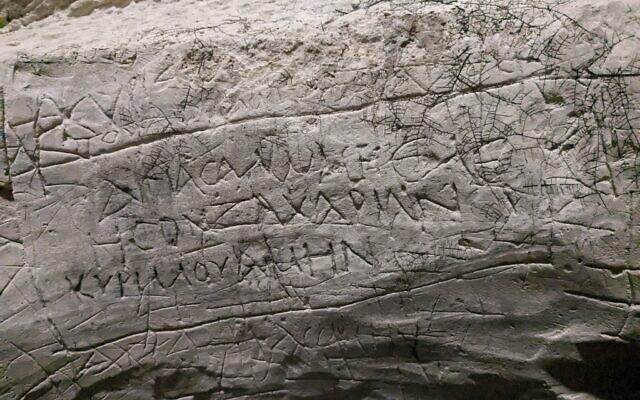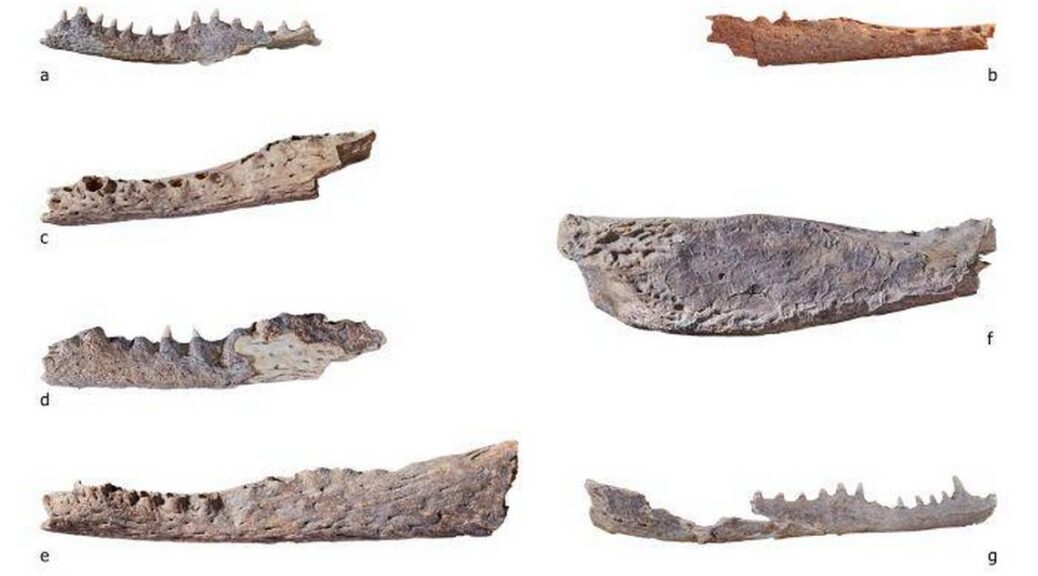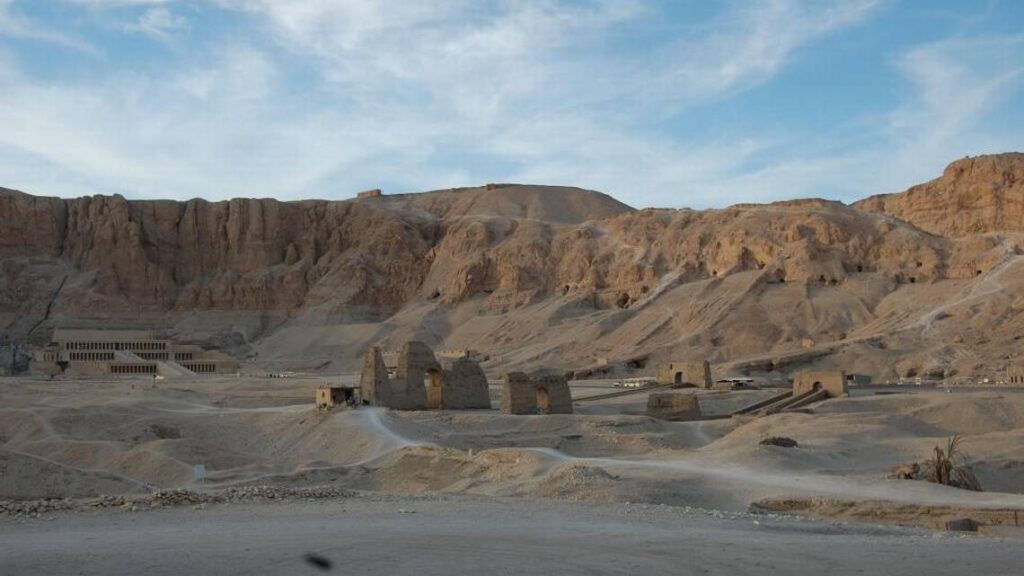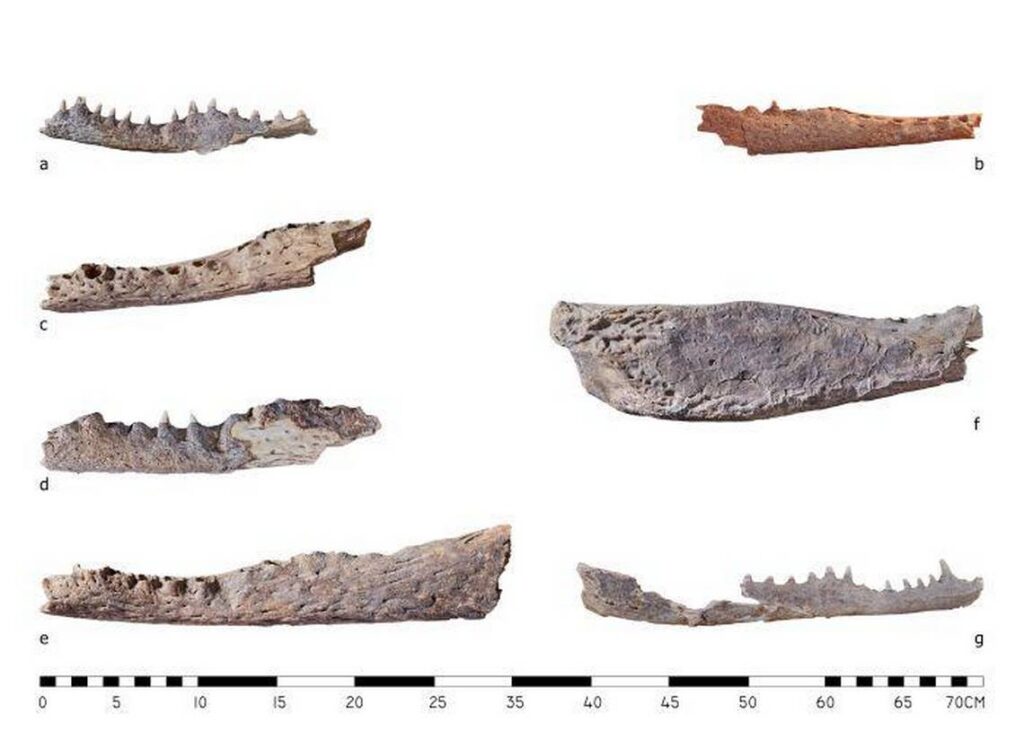Massive graveyard of fossilized shark teeth found deep in the Indian Ocean
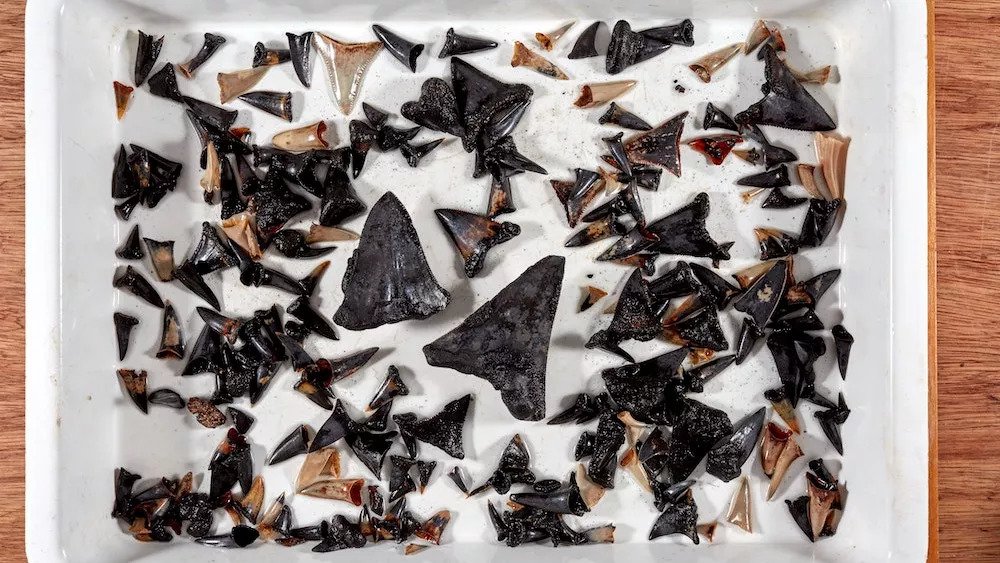
A graveyard studded with thousands of shark teeth is lurking nearly 3.5 miles (5.400 kilometers) beneath the surface of the Indian Ocean.
Researchers made the shocking discovery in October during a month-long expedition along the southern tip of Indonesia aboard the RV Investigator, a 308-foot-long (94 meters) research vessel operated by the Commonwealth Scientific and Industrial Research Organisation (CSIRO), Australia’s national science agency.
On the final day of the voyage, and after 26 previous attempts, the researchers sank a trawling net into the deep water hoping to catch fish as part of an ongoing biodiversity survey. Instead, they pulled up a net’s worth of hundreds of shark teeth, according to a statemen.
“It was our very last sample of the trip before heading back to Australia,” Dianne Bray, senior collections manager at the Museums Victoria Research Institute, told Live Science.
“I was a little disappointed at first when we hauled up the net because it was filled with mud and I knew that there wasn’t going to be many fish specimens. And even if there were, they would be rumbled and damaged from all the mud.”
But as the researchers sifted through the mud-caked material, they realized the catch was than just a colossal mud pie.
“We tipped the contents out on the deck of the boat and as we went through everything, we found shark tooth after shark tooth,” Bray said. “We were finding teeth from [modern] mako and [great] white sharks, but also fossilized teeth from ancient sharks like the immediate ancestor of the giant megalodon shark.”
In total, researchers collected more than 750 teeth ranging in size from 0.39 inch (1 centimeter) to a single tooth from the megalodon ancestor measuring 4 inches (10 cm).
The researchers noticed deposits of black manganese nodules growing on many of the teeth, which were the result of the teeth sitting on the ocean floor for so long. Otherwise, the teeth were all in good condition.
“It’s quite remarkable,” Bray said. “The teeth weren’t weathered, rumbled or tumbled. Bacteria consumed all of the organic matter from the teeth and the roots were gone, but otherwise, the enamel was left.”
Researchers aren’t entirely sure why so many teeth accumulated in this swath of the ocean but they don’t think that hundreds of sharks died there, Bray said.
Unlike humans, who are born with one set of baby teeth and replace them with one set of adult teeth during their lifetimes, sharks have an endless supply of teeth that are replaced “like a conveyor belt,” Gareth J. Fraser, lecturer in Evolutionary Developmental Biology at University of Sheffield in the U.K., wrote in The Conversation.
The area where the teeth were found likely hosted a community of ancient sharks.
“The teeth were found on an abyssal plain and not out in the open ocean,” Bray said. “This area was part of an ancient reef covered with seamounts and we think a community of sharks swam around this area long ago.”
As they swam, they likely dropped their used-up teeth.
Bray said that the shark tooth haul barely “scraped the surface” of what was buried there.

